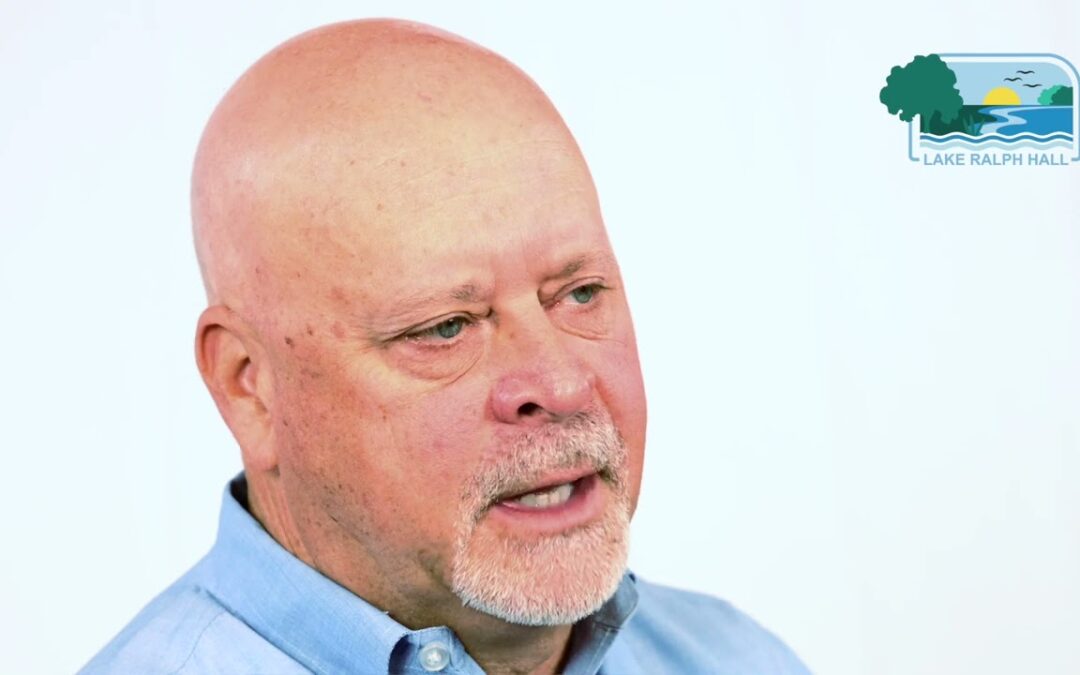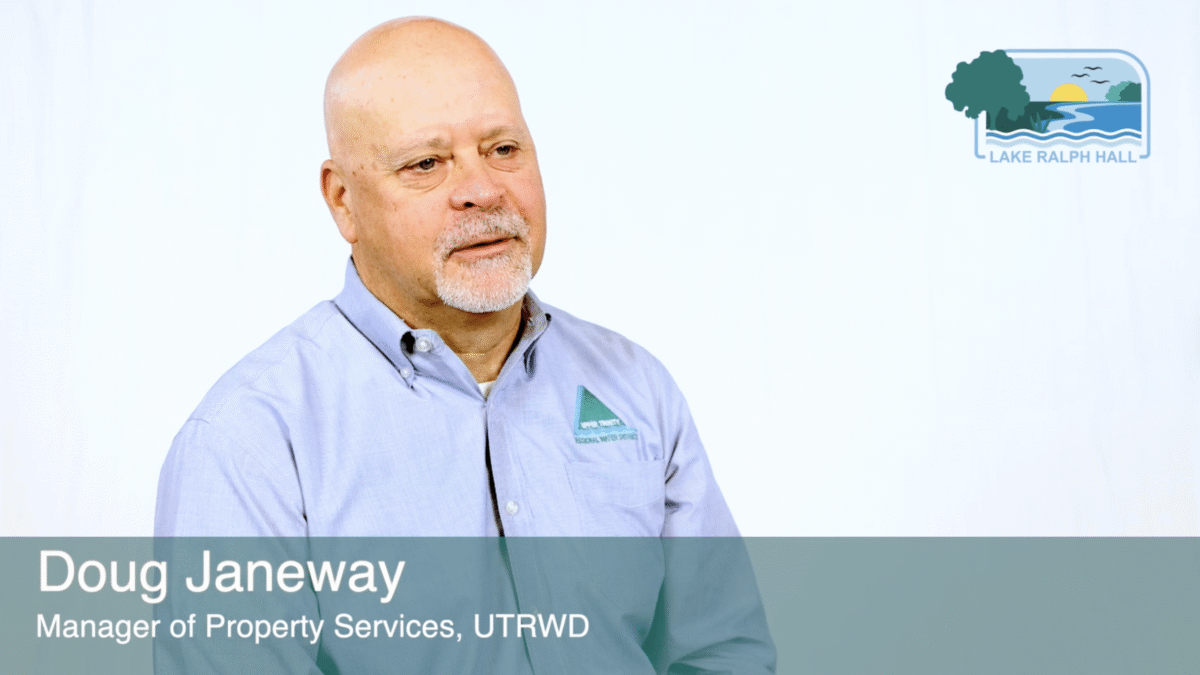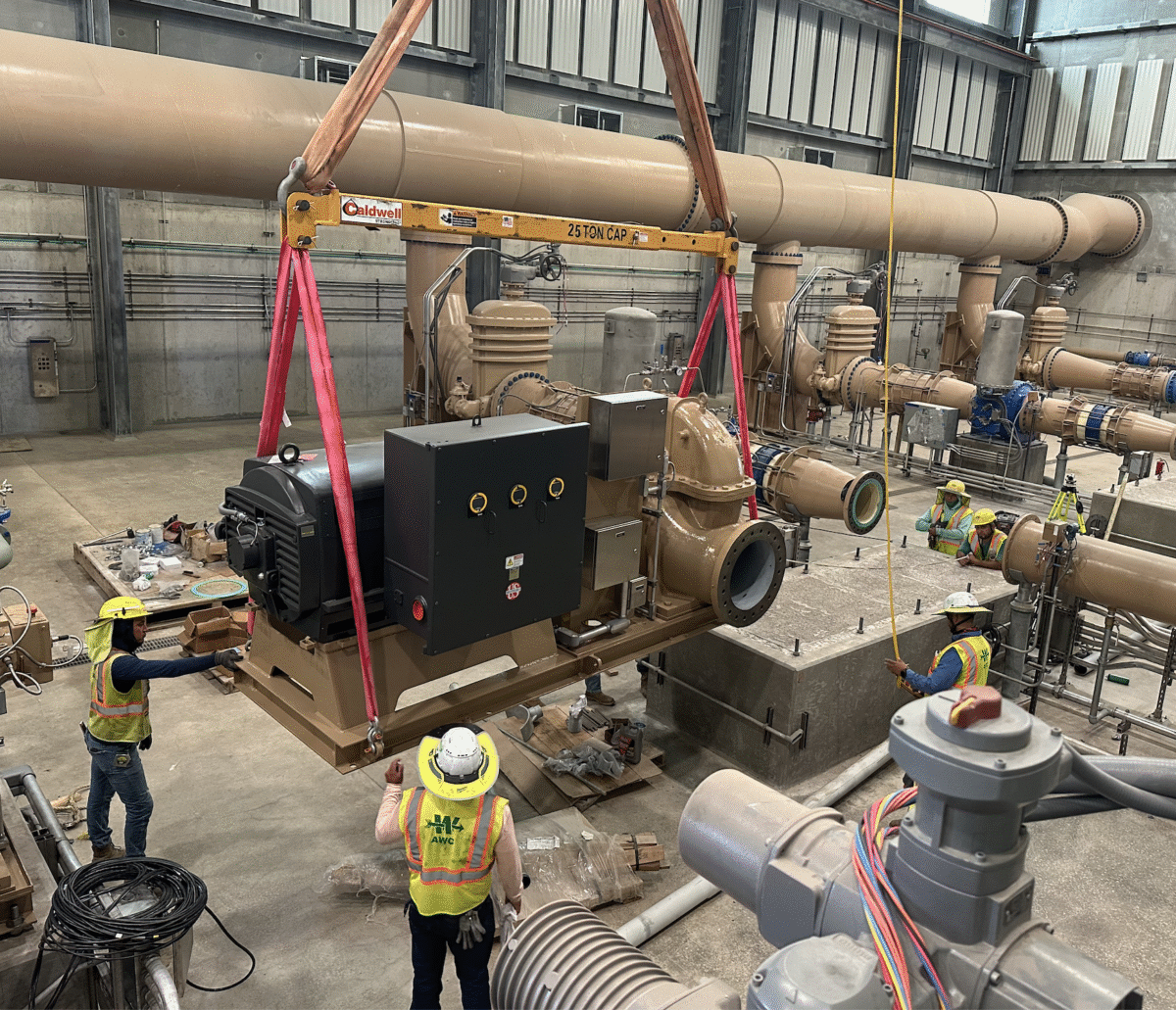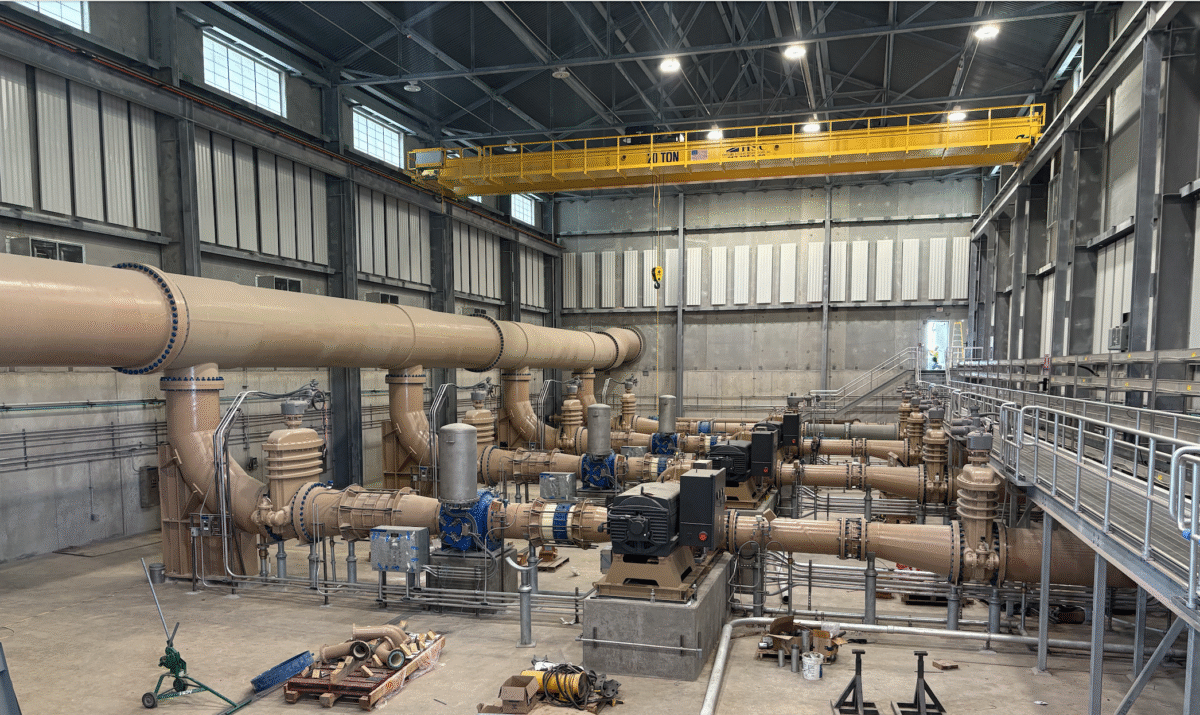#outlook a{padding:0;}
.ReadMsgBody{width:100%;} .ExternalClass{width:100%;}
.ExternalClass, .ExternalClass p, .ExternalClass span, .ExternalClass font, .ExternalClass td, .ExternalClass div {line-height: 100%;}
body { margin: 0; padding: 0; height: 100%!important; width: 100%!important; -webkit-text-size-adjust: 100%; -ms-text-size-adjust: 100%; mso-line-height-rule: exactly;}
table,td { border-collapse: collapse !important; mso-table-lspace: 0pt; mso-table-rspace: 0pt;}
img { border: 0; height: auto; line-height: 100%; outline: none; text-decoration: none; max-width: 100%!important; -ms-interpolation-mode: bicubic;}
img.aligncenter { display: block; margin: 0 auto;}
/* TinyMCE of WP */
.alignleft { float: left; margin: 7px 15px 7px 0px; }
.alignright { float: right; margin: 7px 0px 7px 15px; }
.aligncenter { display: block; margin-left: auto; margin-right: auto; }
.screen-reader-text { display: none }
figcaption { display: block; }
@media screen and (max-width: 525px) {
.wrapper { padding-left: px; padding-right: px; padding-bottom: px; padding-top: px;}
.m-d-block {display: block}
.m-d-none {display: none; visibility: hidden; color: transparent;}
.m-pb-1 { padding-bottom: 16px!important; }
.p-0 { padding: 0 !important; }
.pt-1, .padding-top-15 { padding-top: 15px!important; }
.pb-1, .padding-bottom-15 { padding-bottom: 15px!important; }
.dh { display: hidden }
.fs-90 {
font-size: 90%;
}
.responsive { width:100%!important; }
table.responsive { width:100%!important; float: none; display: table; padding-left: 0; padding-right: 0; }
table[class=”responsive”] { width:100%!important; float: none; display: table; padding-left: 0; padding-right: 0; }
img { max-width: 100%!important }
img[class=”responsive”] { max-width: 100%!important; }
/* “width: auto” restores the natural dimensions forced with attributes for Outlook */
.fluid { max-width: 100%!important; width: auto; }
img[class=”fluid”] { max-width: 100%!important; width: auto; }
.block { display: block; }
td[class=”responsive”]{width:100%!important; max-width: 100%!important; display: block; padding-left: 0 !important; padding-right: 0!important; float: none; }
td.responsive { width:100%!important; max-width: 100%!important; display: block; padding-left: 0 !important; padding-right: 0!important; float: none; }
td[class=”section-padding-bottom-image”]{
padding: 50px 15px 0 15px !important;
}
/* For grids */
.max-width-100 { max-width: 100%!important; }
/* Obsolete */
.tnp-grid-column {
max-width: 100%!important;
}
}
/* Custom CSS */
/* End Custom CSS */
/* Html */
.html-td-global p {
font-family: Helvetica, Arial, sans-serif;
font-size: 16px;
}
/* Text */
.text p {
margin: 0 0 15px 0 !important;
}
.text a {
color: #007bff;
text-decoration: none;
}
/* Last posts */
@media (max-width: 525px) {
.posts-1-column {
width: 100%!important;
}
.posts-1-image {
width: 100%!important;
display: block;
}
}
|
Doug Janeway Named
Lake Ralph Hall Reservoir Manager
Upper Trinity Regional Water District recently named Doug Janeway as the new Lake Ralph Hall Reservoir Manager.
Doug has worked closely with local residents for years, building relationships as Upper Trinity’s manager of property services. In his new role, he will continue to serve the community and oversee operations after the lake is completed.
“I’m looking forward to working with Fannin County, Ladonia, property owners, residents and visitors as Lake Ralph Hall becomes a destination for recreation, boating and for new residents moving to the area to live and bring new economic opportunities to Fannin County,” Doug said.
Watch Doug share more about his work and connection to the community: |
|
|
|
The Muscle Behind Water – Pumps Delivered
|
|
|
|
Workers maneuver one of the lake project’s massive pumps into place
Four large pumps have been delivered to the raw (untreated) water pump station adjacent to the future Lake Ralph Hall. These pumps are the “muscle” required to move water from the lake to the treatment plant.
The pumps are designed to transport up to 54 million gallons of water per day through 27 miles of uphill pipeline. That’s enough water to fill 80+ Olympic-sized swimming pools – every single day! The pumps’ electric elements are also onsite and ready to be connected. These include:
- Station generators for power, and
- Advanced switchgear to control and protect the flow of electricity to each pump.
Crews are now completing the installation and painting the pumps. In late August, the pump station will be powered on for the first time, and the full range of each pump will be tested. A key feature of the pump station is an internal test loop built directly into its design. This system allows each pump to be fully tested on-site without sending water through the pipeline. |
|
|
|







